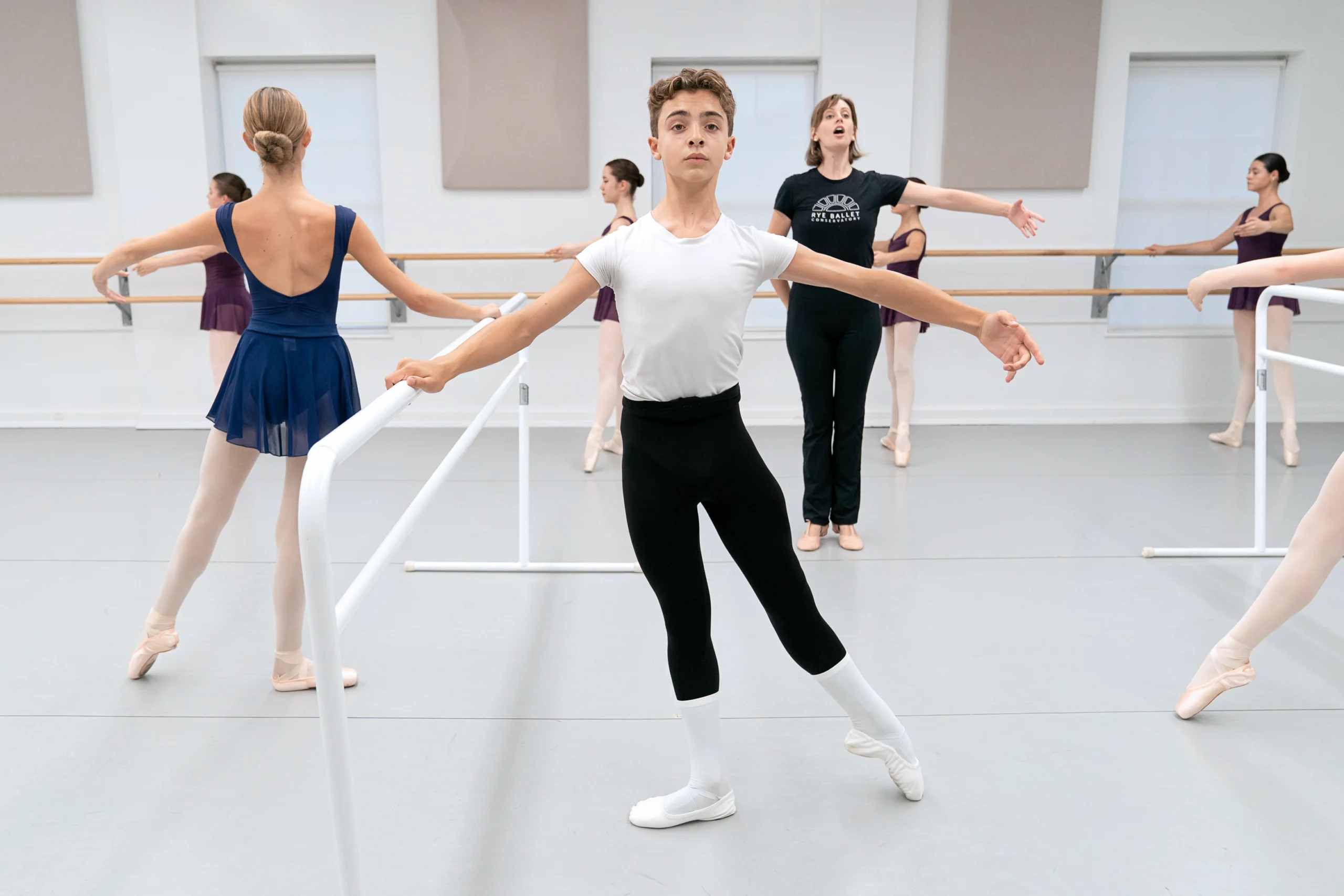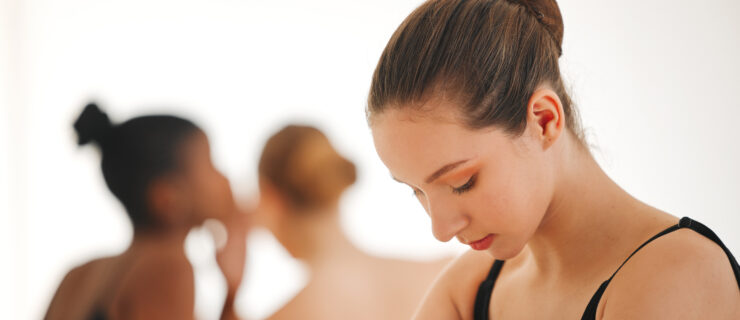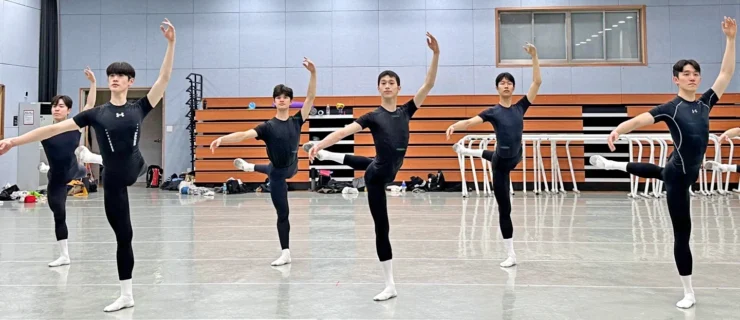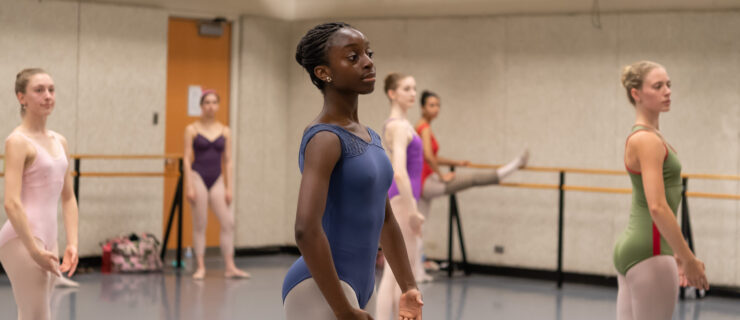How to Navigate Your Training as the Only Boy in Your Class
When Matthew Fontana, 13, arrived at the School of American Ballet last summer, it was the first time he’d been in a class full of boys. During the school year, he trains at Rye Ballet Conservatory in New York State. The school has a growing program for young boys, but Fontana is one of just two older ones and has often been the only male dancer in a given class throughout his training.
“It was sort of scary at first, to be in a room with around 25 boys,” says Fontana. “I felt a little diminished. So many were from big studios and had more experience than me with men’s technique.”
But as the summer went on, Fontana found he was more prepared than he thought. “I felt lucky for what I had been taught at Rye. I realized SAB was my chance to put it into practice,” he says.
While it can be daunting to be the only boy in your class or at your studio, this hasn’t stopped scores of male dancers from preparing for successful careers. We break down a number of ways those from small studios with few or no male peers can set themselves up for success.
All practice is good practice.
While working on turns and jumps is important for boys, a solid technical foundation is paramount.
“Our intermediate syllabus is very similar for boys and girls,” says Ashlee Knapp Stewart, director of Rye Ballet Conservatory and a former New York City Ballet dancer. “Boys can still get a good foundation from taking classes with girls.”
Fontana found this to be true. He says when female teachers taught classes at SAB, they emphasized clean footwork and balance, and, in those classes, he felt ahead of other students.
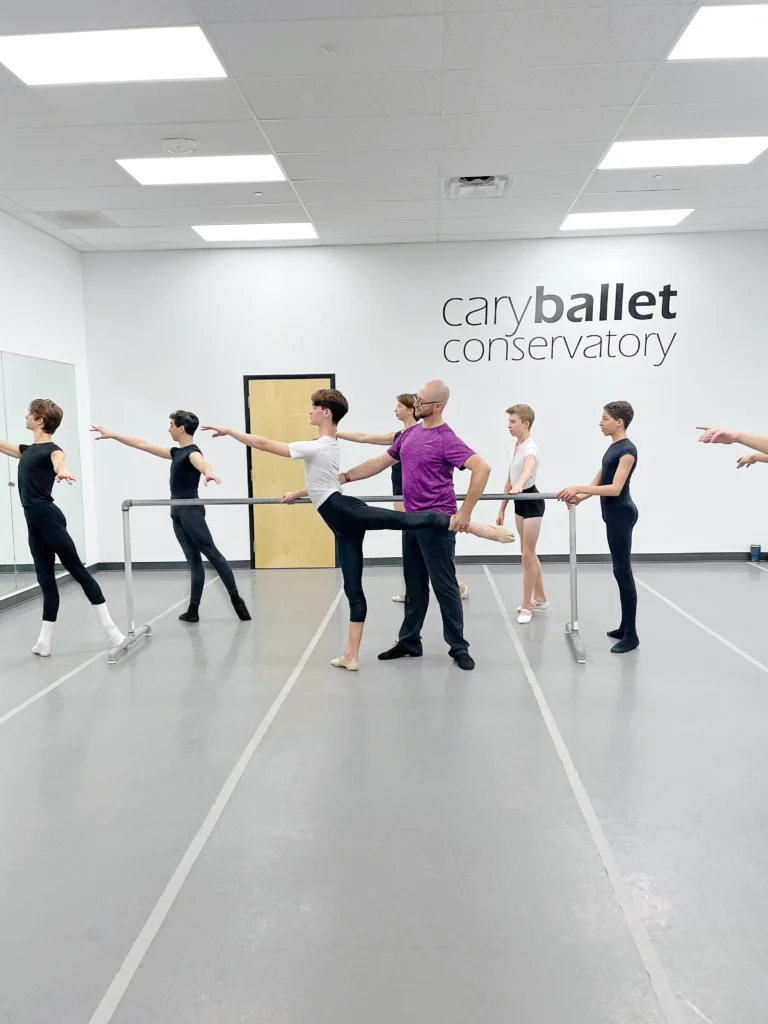
Matthew Donnell, who recently joined the faculty at Cary Ballet Conservatory after five years with Central Pennsylvania Youth Ballet and four years with the Preparatory Dance Program at University of North Carolina School of the Arts, has trained many boys but says that he finds less and less of a need to separate steps by gender in combined classes of male- and female-identifying dancers.
“Girls like the challenge of doing double tours, and it builds strength for boys to do échappés on relevé,” he says. “Boys can embrace practicing whatever is in front of them.”
Ask for what you need.
Many teachers will save men’s technique for a few moments at the end of the class, but Donnell’s style of teaching, where boys and girls practice each other’s steps, is something a male student could encourage a teacher to implement.
Knapp Stewart says simple requests can go a long way.
“Slowing down tempos for jumps is an easy thing a male student can ask for,” she says.
She also encourages students to not be shy about asking female teachers for help with steps like double tours. “I’ve had male teachers who are excellent pointe teachers. I feel comfortable helping Matthew with what he needs,” she says.
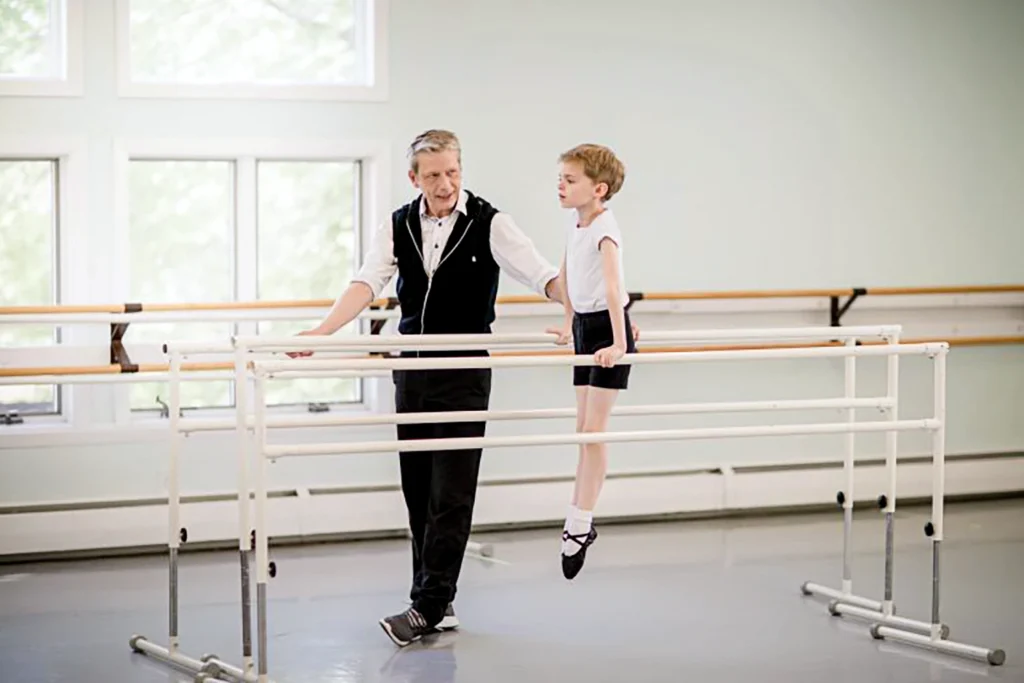
Students who find male-focused training in the summer can bring new steps or concepts back to their home teacher and ask for continued help. When Fontana returned from SAB, he had a list of steps in mind. “At SAB, I worked on turns in second for the first time, and that was something that I can continue to build on back at Rye,” he says.
Seek outside opportunities and other styles.
In addition to ballet classes, Donnell teaches character dancing. The style offers many benefits, including that it introduces simple partnering.
“Where there may not be a partnering class available, character class introduces the physical intimacy of dancing with someone else, even just holding hands or moving a partner around a space,” he says. “That’s a helpful start.”
For further men’s experience, open classes of various styles and guest performances are great opportunities—especially The Nutcracker.
Rye Ballet Conservatory does not produce its own Nutcracker, so Fontana appeared in Dances Patrelle’s Yorkville Nutcracker in New York City last year, playing the title role. The chance to be onstage with other male dancers, including professional guest artists, was invaluable.
“The exposure was so great. It pushed me and I got to see what I was really working towards,” he says.
Success is artistic—and emotional.
One of the benefits of Fontana’s Nutcracker guest appearance was working on playing a character and the artistic side of dance. Developing one’s artistry is just as important for men as for women.
“Male dancers have to be expressive—it’s not just about big leaps and multiple turns,” says Marc Spielberger, faculty member at Eastern Connecticut Ballet and a former Miami City Ballet dancer.
He says this side of the art form still carries some stigma for younger boys to navigate.
“When I talk to the father of a talented son and say, ‘He should continue to train,’ they listen when I talk about the athleticism of dance,” Spielberger says. “But when I talk about elegance, musicality—they shut down.”
He advises students who are serious to be clear with their families that they want to study ballet, because many will easily offer support to girls but will be skeptical of boys.
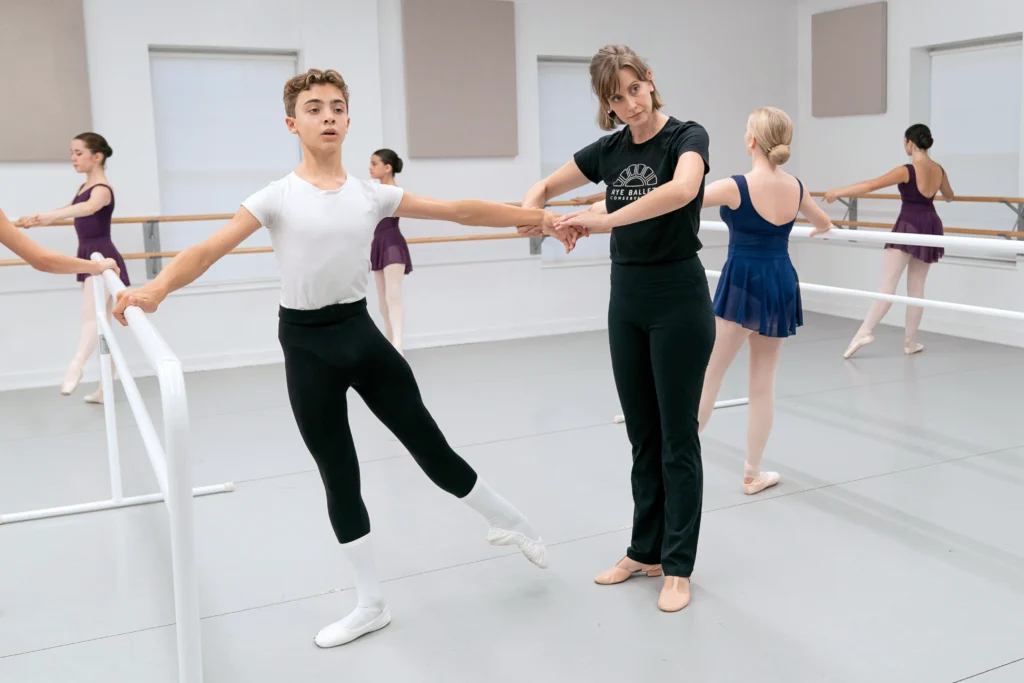
Knapp Stewart, Donnell, and Spielberger all say this social climate is a major contributor to boys discontinuing training. Finding support wherever possible is essential.
Fontana and several boys from SAB still stay in touch, talking about their classes and encouraging each other. Finding a male dancer “family” has been a game changer, as Fontana once struggled with a decision to continue that Knapp Stewart helped him through.
“I’d tell other boys not to get hung up on rude comments,” Fontana says. “Because now I realize it’s ballet that I love, and that’s what I am going to stick to.”
